Dundee Contemporary Arts director Beth Bate created headlines this week when she said the city arts centre and cinema was facing a £300,000 funding black hole.
She said the DCA was trying to identify savings as it is faced with “financial precarity”.
Its arts exhibitions programme and children’s film festival could face the axe which the director said would take the DCA too far from its charitable aims.
As fears grow for the future of the Dundee city centre institution, we answer six key questions about the DCA finances.
1. What grants does DCA receive and how much does cinema make?
DCA is a registered charity with a vision to “enrich people’s lives through art, culture and creativity”.
Some elements of the DCA – such as its two cinemas and print studio – bring in revenue. It also runs a shop and sells prints.
But the majority of the DCA’s income is from grant funding.
Its most recently published accounts for 2021-22 show donations and grants totalling £1.39 million.
Meanwhile, cinema admissions were worth £275,000 and the shop made £70,000.
2. What’s the DCA deal with Dundee City Council?
For a “nominal” sum, DCA receives its building and all its energy and cleaning costs paid by Dundee City Council thanks to a 20-year lease extension signed in 2015.
In addition, the local authority has paid DCA £232,000 a year since 2021-22 as part of its “service level agreement”.
3. Why does Jute Café Bar contribute only 7% of revenue?
DCA does not operate the Jute Cafe bar and restaurant – but takes rental income and a proportion of sales. In 2021-22 this was worth £161,544.
4. How much does DCA cost to run?
DCA’s total income in 2021-22 was £2,253,000 and it spent £2,262,000.
Staff costs were by far the largest expense at £1,686,000. The highest paid member of staff earned between £60,000 and £69,999.
Other expenses include staging the art exhibitions at £108,331 and film hire at £145,000. Governance costs were £49,860.
5. What’s led to DCA financial crisis?
In simple terms costs have risen due to inflation, core grants have been fixed and extra Covid funding has ended.
Dundee City Council has kept its funding static at £232,000 for financial years 2021-22, 2022-23 and 2023-24.
In 2021-22 Creative Scotland paid its core grant of £666,667 plus £134,667 as a cinema recovery fund, for a total of £801,334.
This increased again in 2022-23 as it added a £241,975 payment for a cultural organisation recovery fund for a total of £1,043,309.
But in 2023-24 these two extra support measures have dropped off, leaving the core funding of £666,667.
This is a year-on-year funding drop of £376,642 which has led to the DCA eating into its reserves.
6. How much money is DCA losing and could it close?
In 2021-22 the accounts show a loss of £9,000. DCA said that in 2022-23 it made a “modest” surplus, as its grant funding increased.
But its projected deficit in 2023-24 is more than £300,000 which it will cover with its reserves. This level of losses is not sustainable in the long-term.
A DCA spokesperson said: “For 2024-25 if nothing else changes we are facing a further significant deficit that will need to be funded by our general reserves as we have no other designated reserve to draw on.
“The major differences are the additional Covid relief funds we were able to access between 2020 and 2023, which are no longer available, and rising costs driven by inflation.
“We, together with many peers across the sector, have been in receipt of either standstill or reduced funding from our core funders for many years.
“We have reached a point where cutting our costs or raising more money from other sources will no longer stretch to fill the gap.”
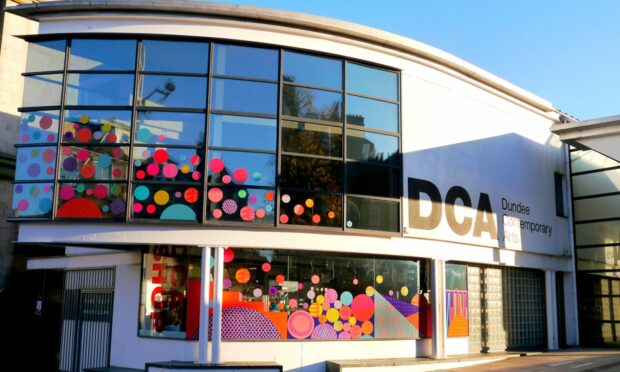
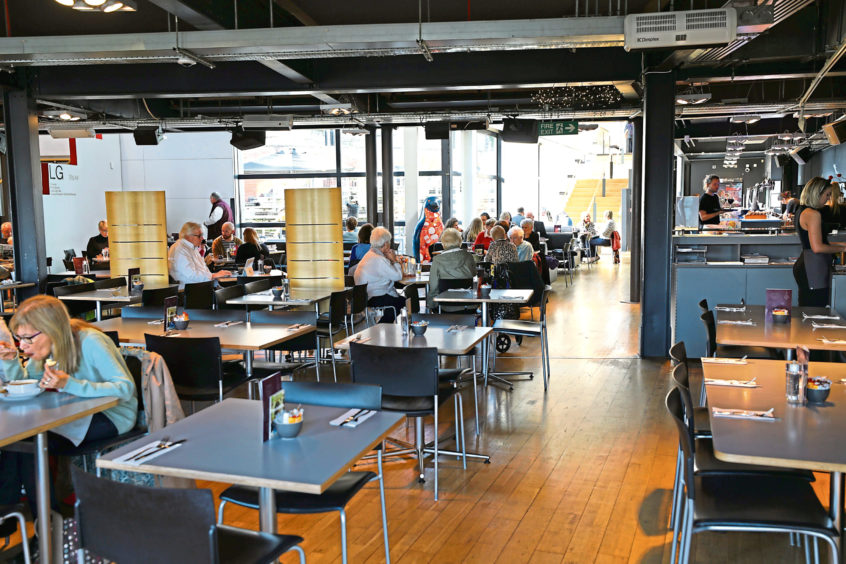
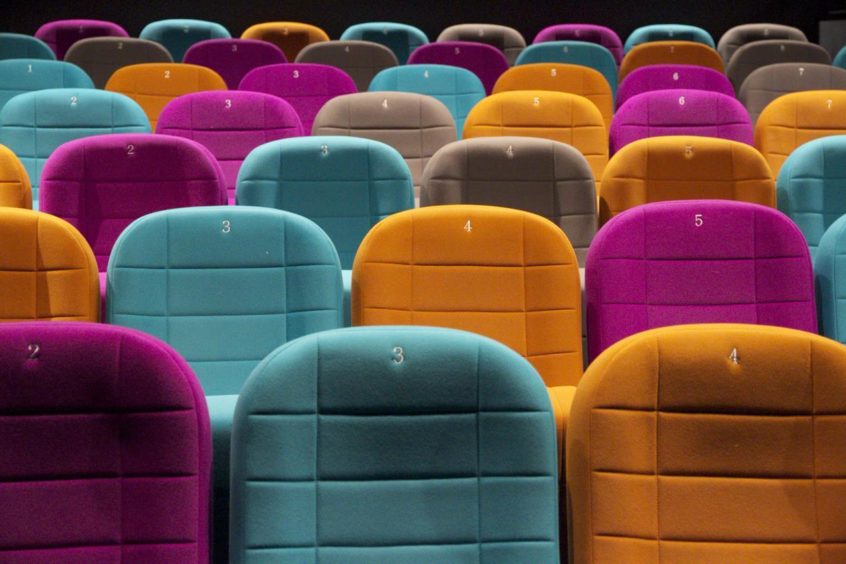
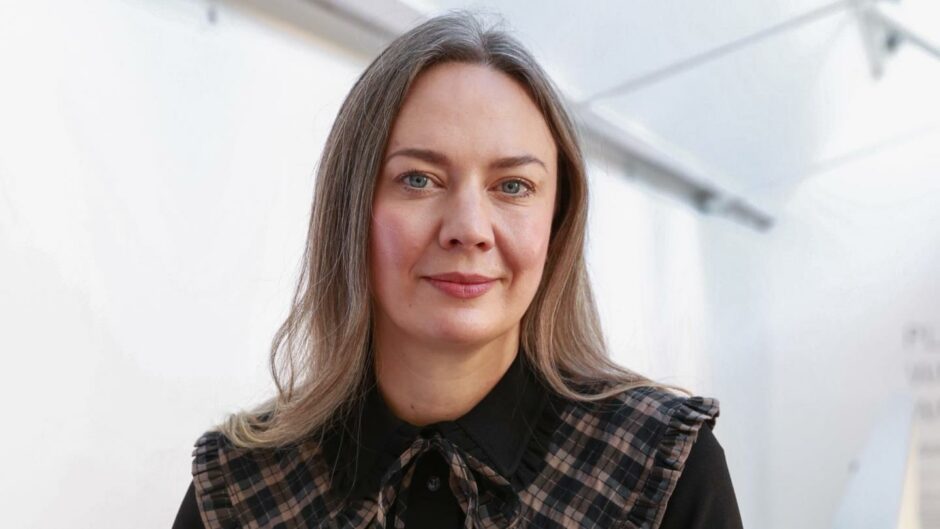

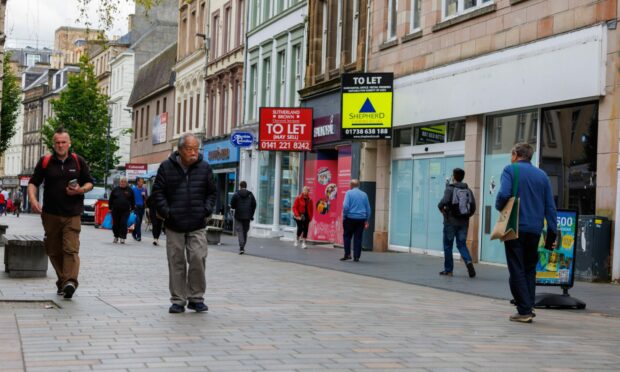

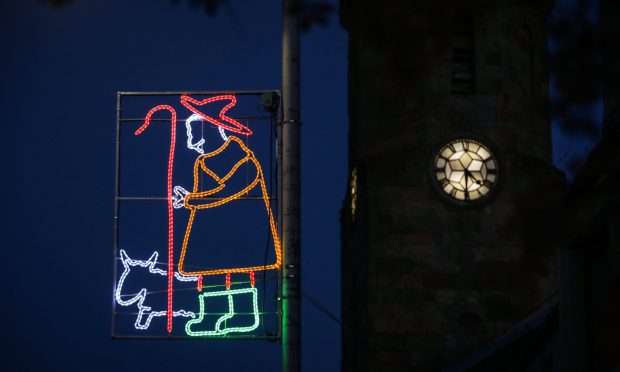






Conversation